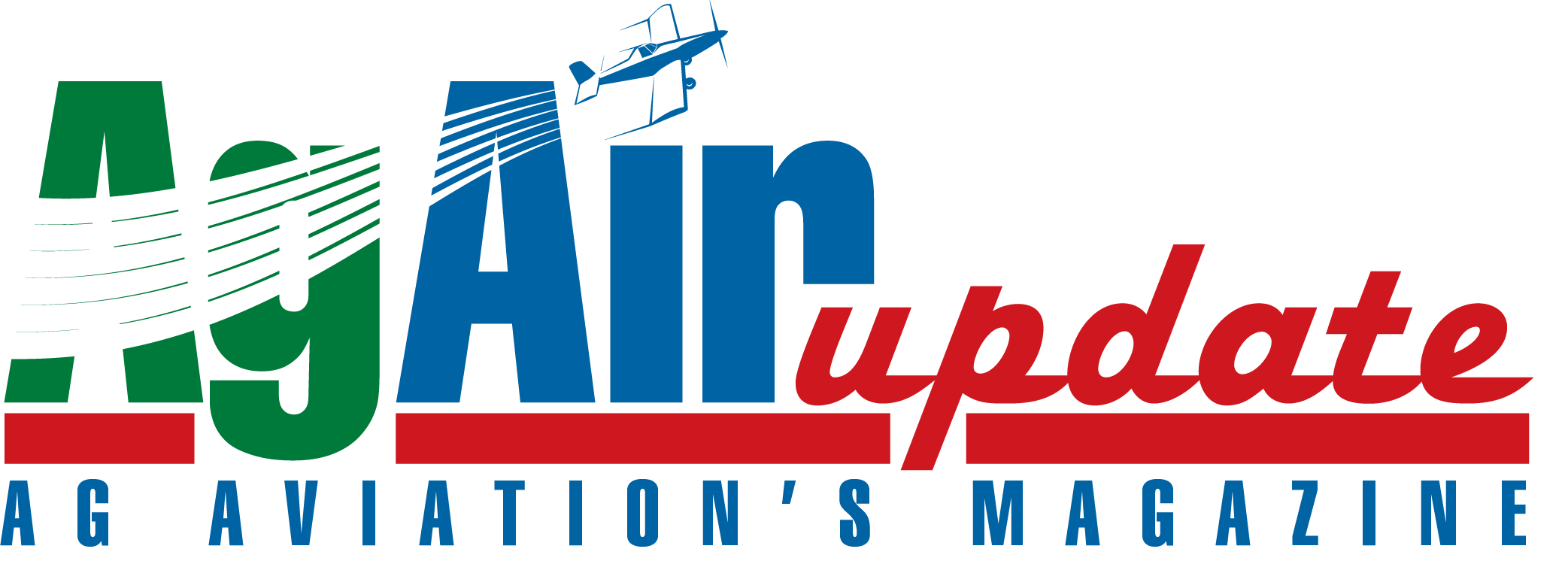This little essay is a pilot preference thing and truly and in every sense of the word, an “opinion-type” dissertation, mine! It seems to me, after almost many years teaching my turbine transition course with Flying Tiger Aviation, most ag pilots attending my course prefer to make wheel-type landings, as opposed to full stall, three-point landings. How-some-ever, this is not my personal preference. I know more often than not, ag pilots will land in one direction and take off in another, especially when the wind is not too strong and their loading facilities are on one end of the strip. Under these circumstances, making a wheel landing will certainly expedite the turnaround time.
Occasionally I will make a wheel landing just to see if I still can. Listing the reasons I prefer three-point landings are:
1. Three-point landings present somewhat more of a challenge and I love a challenge.
2. When you touch down in a perfect three-point landing, the airplane is absolutely through flying; it will not bounce, unless, of course, you drop it from ten feet.
3. There is less wear on the brakes and less rubber knocked off the tires, assuming, you are landing on a paved airstrip.
4. In a Thrush or Air Tractor, when the stick moves aft off the forward limits, the tailwheel is locked. If you keep the longitudinal axis absolutely parallel with the centerline of the runway, there is a much less chance you will ground loop the airplane.
5. This may be debatable, but “In My Opinion”, the perfect three-point landing will result in a shorter roll out after touchdown. When landing on a 2000’ strip (which can be a long airstrip for some ag pilots), the three-point landing is the preferable way to do it.
Several years ago, while I was giving refresher flight training for the Dole International Fresh Fruit Company in Costa Rica and Honduras, I noticed that all their pilots were consistently making wheel landings. I told them we were going to start making three-point landings. As it turned out, only two of their eight pilots in Costa Rica had ever made three-point landings and the thought of doing these unnerved some of them considerably. But, we did them! The next year when I returned for continuing refresher training, they all wanted to show me how proficient they were in three-point landings. For the remaining 10 days I was there, that was the only type landing they did.
I do not understand why the three-point landing seems to perturb some pilots, but it does. According to Bill Lavender, publisher/editor of AgAir Update, whenever he is flying a new airplane for the first time, he will establish a semi flat, two-point attitude, because he may not be entirely sure as to when the main gear will actually be touching terra firma. As a result it usually results in an acceptable “2.5” point landing and is less likely to engender the loud guffaws from the peanut gallery on the sidelines when anticipating a kangaroo-style landing.
If you usually make wheel landings, see if you can improve your skill with three-point landings. You may actually grow to prefer them.
And as always, be safe, have fun and make money.
*_photo_1_*





